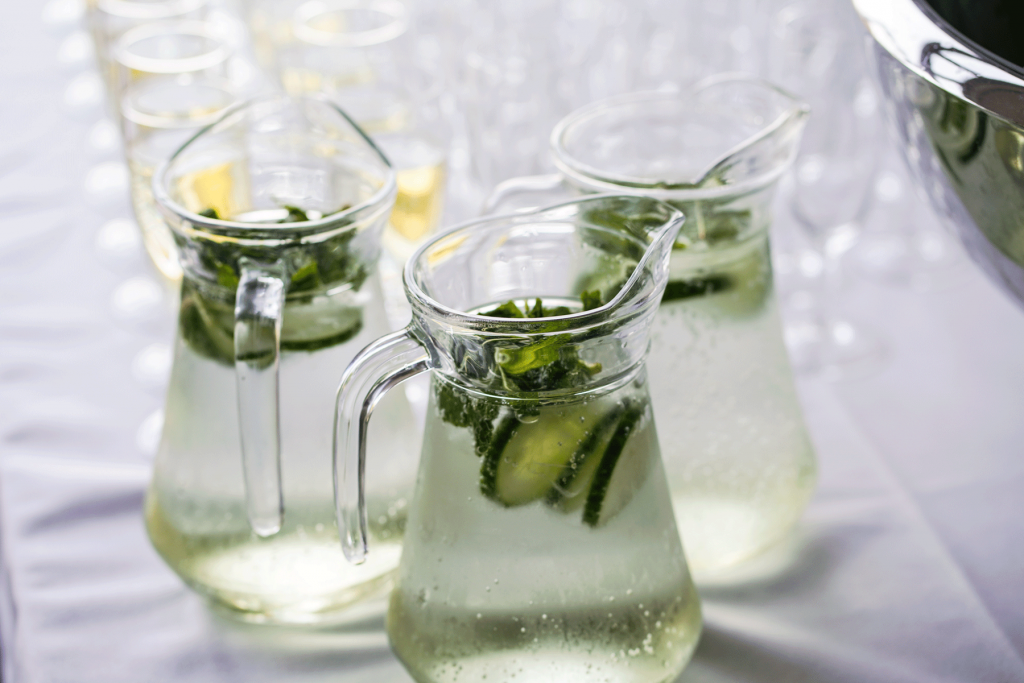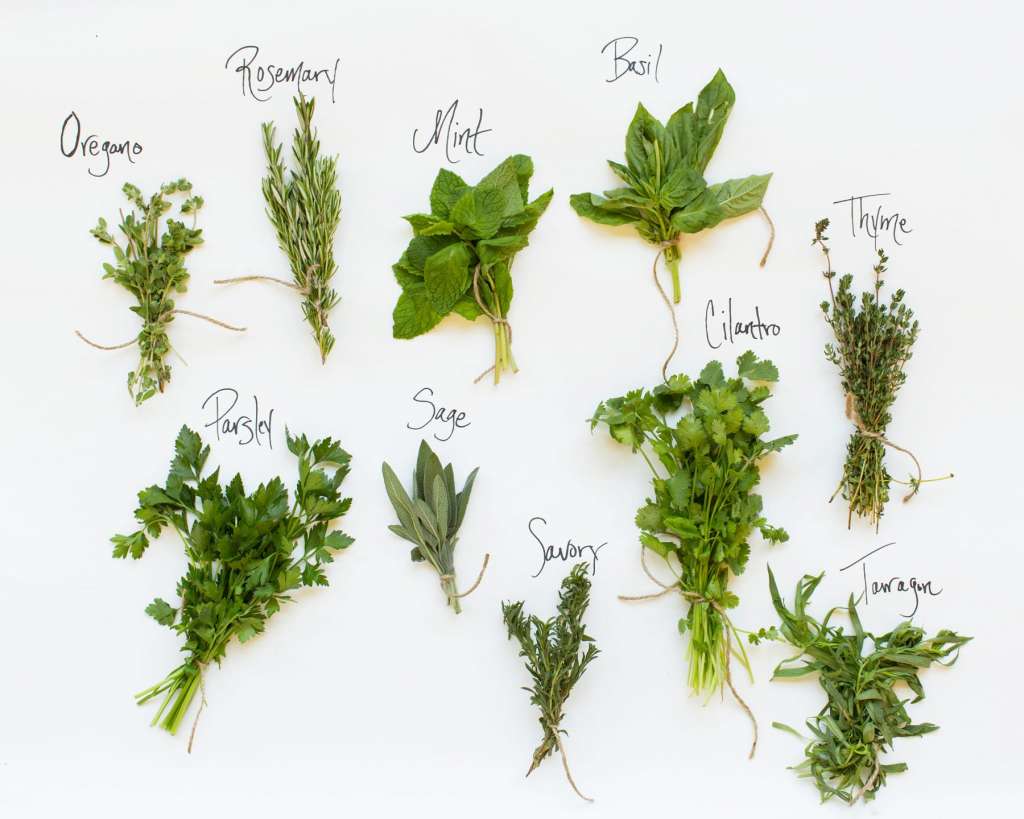The Science of Food Cravings

The impulse to reach for a chocolate bar every day at four or make your way to the bottom of an extra-large popcorn at the movie theater is not a simple one to understand. Food cravings start in the brain, unlike hunger, which begins in the belly, and are stimulated by things like stress, memory, and routine far more often than by the amount of time since your last meal. Hunger comes on gradually and can be easily satisfied. Cravings are sudden, specific, and more difficult to appease. The desire for fully loaded nachos can have the tenacity of an earworm, and the potential to do far more damage than an endless loop of Bohemian Raspodsy running through your head.
Just about everyone gets hit with cravings, though women experience them more often than men. High-fat sweets and salty foods are the objects of cravings more often than, say, kale salad. There’s a reason for that. Eating fatty, sugary foods causes our brains to produce endogenous opioid peptides, which trigger pleasure and even mild euphoria. Many highly processed snack foods (see the chip aisle of your local grocery) are carefully engineered to release those opioids and keep you reaching for just one more until you’ve surrounded in a sea of empty bags of ranch-flavored corn chips.
But just because cravings are complicated doesn’t mean that they can’t be managed. First, it’s important to remember that just because you crave something doesn’t mean it’s bad for you. Chocolate, one of the most common food cravings, can reduce your risk of heart disease. So go ahead and break off a piece of that bar you’ve been hoarding, just know when to stop.
Other cravings may need to be redirected. If you can identify specific qualities of the object of your desire, you may be able to find healthier, if equally satisfying, alternatives. For instance, fulfill a longing for ice cream with another cold and creamy treat like frozen yogurt or a fruit sorbet. When you’re desperate for something sweet, steer clear of the candy bowl, and reach for an apple or fresh berries instead.
Illlustration by ekstromdesign.com









